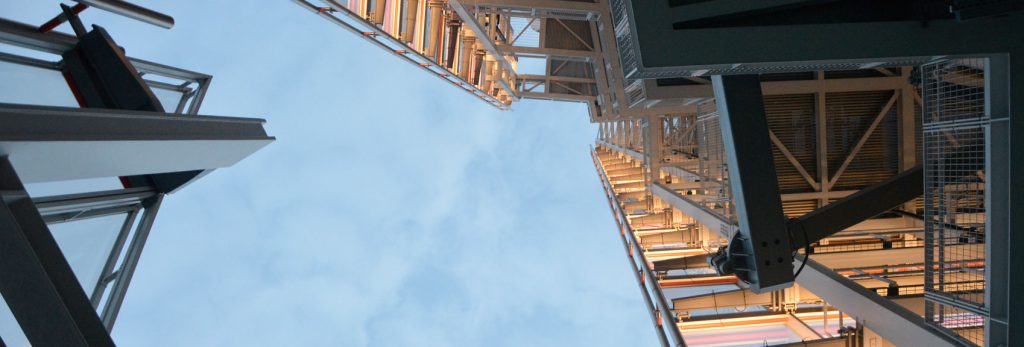Blog
Category: WordPress

5 Critical Lessons Learned Organizing WordCamp Ann Arbor for the Third Time
Astra Pro with Gutenberg Review – Practical Application
What to Know About Using Third Party Technology on Your Website
WordPress Website Hosting

Custom WordPress Theme Design: What to Look For
WordPress Themes: Custom Development or Existing Premium Theme

Growing a WordCamp Year After Year
